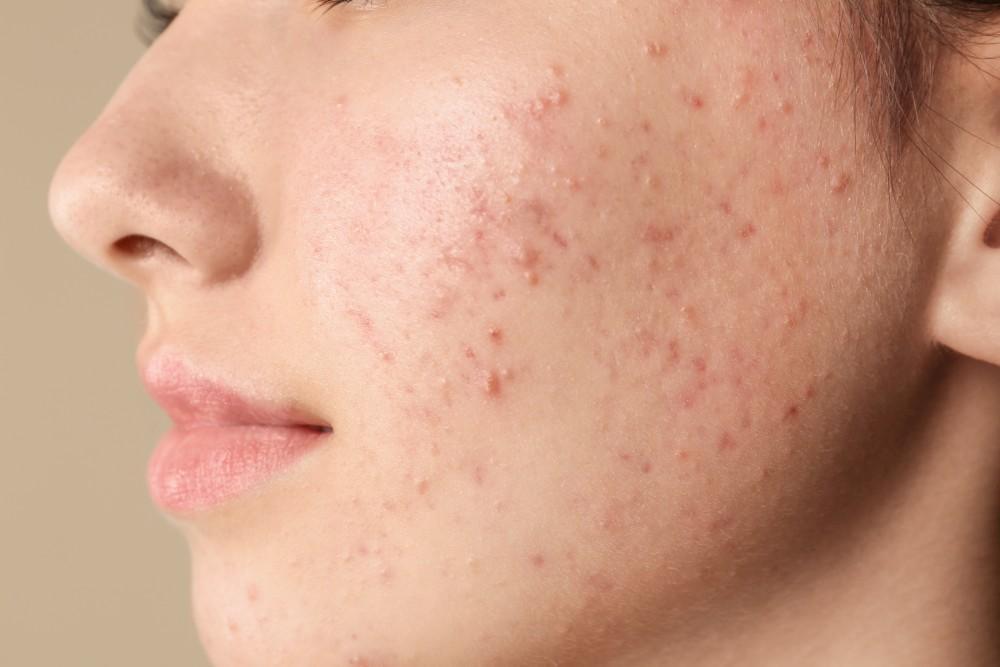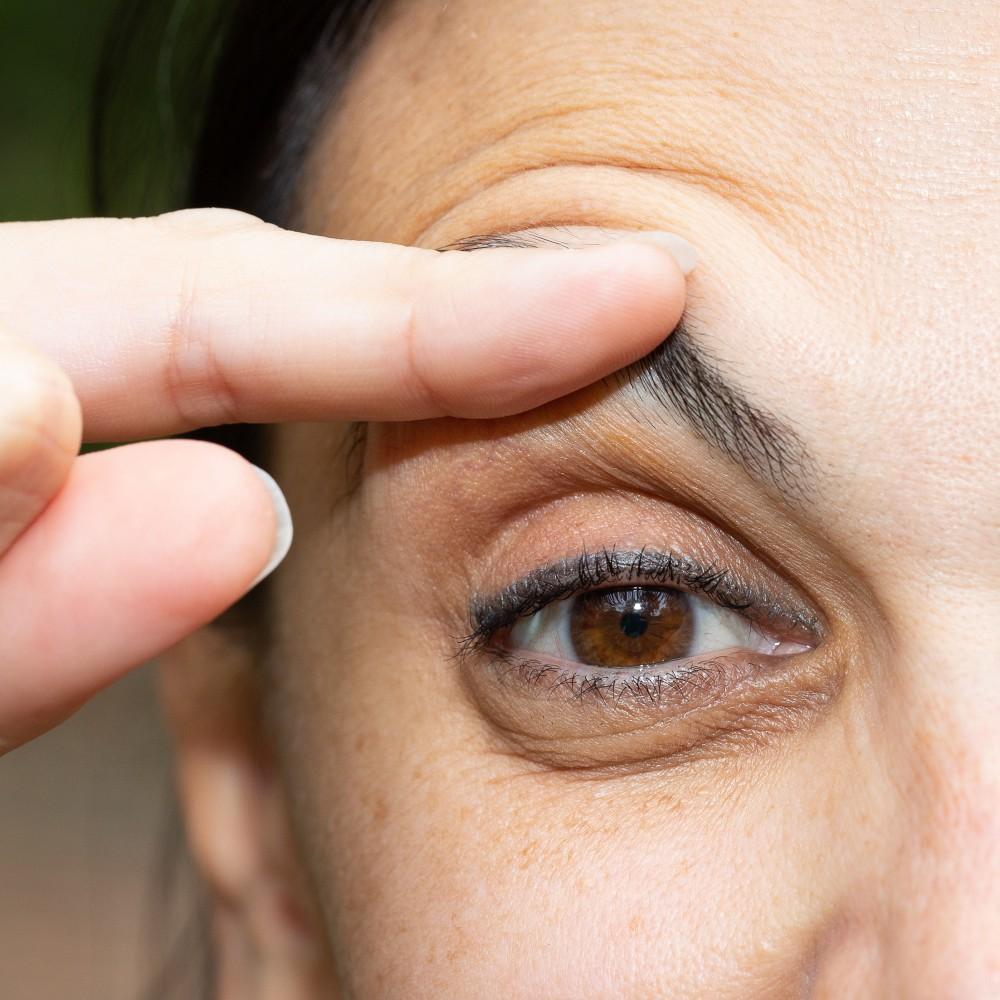
Common Reasons to See a Dermatologist

We don’t always take care of our skin. More often than not, we go outside without sunscreen, we don’t wash our skin as much as we should, and we pick at the imperfections. With all this in mind, it is no wonder that sometimes, we need a specialist to help us take care of our skin. If you are struggling with imperfections, stretch marks, or other skin issues, it may be time to seek the help of a dermatologist.
What is a dermatologist?
A dermatologist is a doctor who specializes in treating issues with your skin. While it is possible to treat many related issues at home, there are many situations where symptoms require a professional touch. A dermatologist will have the experience to look at how the skin is behaving and be able to provide a patient with a definite diagnosis of the symptoms observed. While certain skin conditions have no immediate solution, it is still sometimes necessary to utilize available medications to ensure that a dermatological situation does not create a worse medical situation, down the road, for the patient. The following are a few of the more common reasons why people visit a dermatologist.
Acne
Acne is a common problem that impacts the lives of millions of people every day. Acne can appear just about anywhere on the human body. Acne does not discriminate between young and old either. Severe acne can even leave scars behind which is an unpleasant side effect. If a person is using an over-the-counter product to handle acne and it is not doing the job, then this is an indication that it is certainly time to visit a dermatologist to take stronger measures. A dermatologist will be able to prescribe a stronger medication for combating acne, and they may be able to educate a patient on better ways to care for their skin in the process.
Skin Cancer
Whether a person is starting to show signs of skin cancer from years of blistering sunburns or they are experiencing side effects from medications treating skin cancer, visiting a dermatologist to monitor the situation may be a must. A dermatologist will be able to recognize the first signs of change in a region that may be cancerous. Diagnosing cancer early is key to effectively treating it. In the case of patients experiencing side effects from using cancer-fighting drugs, a dermatologist may need to take measures to slow or eliminate these problems. Of course, dermatologists address many other conditions from a wide range of patients, but the issues discussed here are among some of the more common things a dermatologist would see in their practice on a regular basis.
Contact Us
If you’re ready to see a dermatologist about your skin issues, Plateroti Dermatology is here to help. We invite you to contact us today to schedule your consultation.
You Might Also Enjoy...


Hasta La Vista, Double Chin! I'm Getting Kybella

Photodynamic Therapy (PDT): Your Speedy Solution to Adult Acne

Surgery Isn't the Only Solution for Saggy Eyelids. Try Upneeq® for a Noninvasive Lift

Pre-and Post-IPL Procedure Guidelines to Get the Most from Your Treatment

